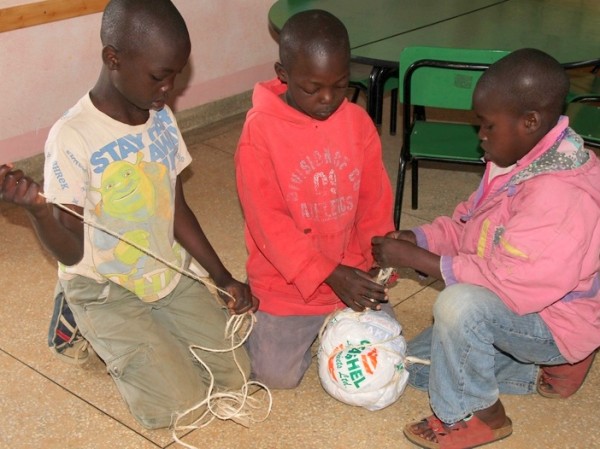For the price of Kshs. 30 /= (EUR 0.27 or USD 0.35) you’ll manage to pick up this kerosine lamp from a kiosk in Kibera, Kenya:

Certainly a great visual update to the famous tin can paraffin lamp which sells for a slightly higher price and requires additional soldering. Kerosine (or paraffin) lamps are the alternative to modern solar LED lights, and also to the (otherwise great) daylight indoor illumination via filled water bottles (invented by Alfredo Mozer in Brazil in 2002).
Thx, Majala!
In other news: Maker Faire Africa is coming up again. Yay!
Maker Faire Africa on November 5th and 6th 2012 in Lagos, Nigeria. If you are a maker, please consider registering with their website. Further info will be available soon.
Oh, and if you’re on Facebook, please check out our recently relaunched page. All are welcome! 🙂















